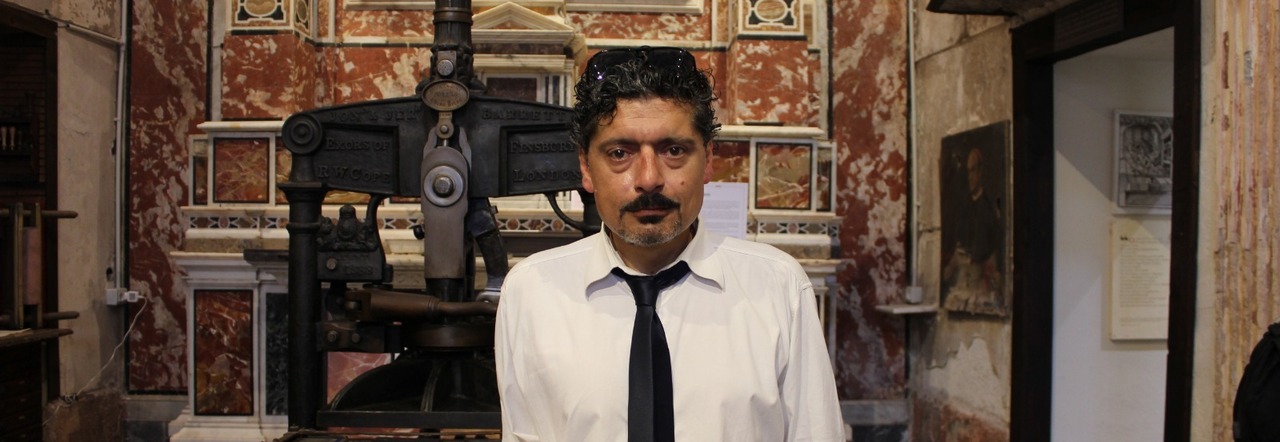Reviving History: The Typography Museum

domenica 15 giugno 2025, 15:33
2 Minutes of Reading
Sometimes dreams come true. Carmine Cervone has been nurturing his dream for almost 4 years, ever since he discovered the beauties of the church of Santa Maria della Vittoria all'Anticaglia, which had been closed and abandoned for over 70 years. The printer from the upper decumano, who spent years collecting printing machines and studying this world, dreamed of returning it to the Neapolitans as a typography museum.
Today, June 15, this dream comes true as Carmine opens the doors of that church, transforming it into the 'Typography Museum' where visitors embark on a true journey through time via the narrative of the displayed machines, from the oldest (parchment and inkwell) to the most recent (the PC).
The exhibition
Images and prints are also protagonists of the journey. Some of these objects are closely linked to the memories of Neapolitans, like the iconic 'pedalina saroglia' featured in the film 'Totò e la banda degli onesti', in which the famous press ('platina') also appears, and is exhibited in the museum, where Totò closes Peppino's hand inside it.
And then we have the linotype, the invention that revolutionized printing, called the 'eighth wonder of the world' by Einstein, the Albion, the large press placed at the center of the church, the ancient plates used to print letters, and many other objects of enormous historical value.
Carmine Cervone's dream
What makes it all so special, however, is Carmine Cervone himself and his team with whom he carries out the project. 'With many difficulties, I managed to turn my passion into a job, this was the greatest victory,' he says.
'Whoever comes here, in addition to a museum, finds a functioning print shop - or at least that's the goal - that also uses the displayed machines,' he continues, 'After all these years of waiting, I learned to wait, to build little by little. Even reaching this opening seemed impossible at first, and yet...'.
The future is here
The evolution of this unique museum is clearly visible in a small hidden gem: a trapdoor that leads from inside the church to the hypogeum. This area is currently closed to the public, but the plan is to make it accessible once it is secured. At the bottom of the trapdoor, a clearly readable white inscription 'FUTURE' stands out, indicating to visitors the next space that will enrich the typography.
© ALL RIGHTS RESERVED
This article is automatically translated
This article is automatically translated
